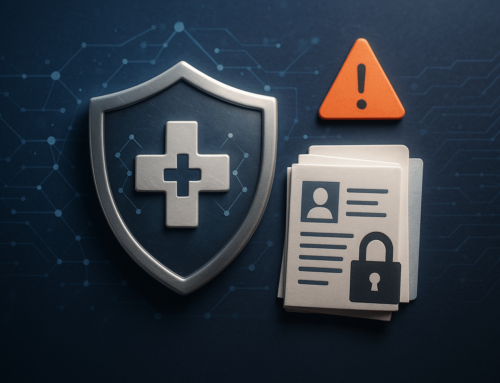Compliance with Occupational Safety and Health (OSHA) regulations as a healthcare organization requires much more than just saying, “be careful.” Making it more challenging is the fact that OSHA applies to nearly every industry and most workplaces in the U.S. While the standards are the same, the methods of meeting those standards can vary widely, even within the same specialties.
Because OSHA Fire Prevention Plans are a part of the wider Subpart E “Exit Routes and Emergency Planning” standard, here are a few points to consider as you develop your OSHA healthcare compliance strategy.
OSHA Fire Prevention Plans for Healthcare Organizations – Written or Verbal?
A fire prevention plan is essential to any OSHA Dental Office Compliance program. Plans must be in writing and available in the workplace for employee review.
Upon initial assignment to a job, employers must point out potential fire hazards to employees. They must also review with each employee those parts of the fire prevention plan necessary for self-protection.
An employer with ten or fewer employees may communicate the plan verbally to employees. The written requirement for employee emergency or fire prevention planning is based on the number of employees physically located within a facility at any time of the working day and not on the total number of employees employed by an organization 1910.39(b).
OSHA Fire Prevention Plans for Healthcare Organizations – The Basics
An effective fire prevention plan must include the following:
- A list of all major fire hazards, proper handling and storage procedures for hazardous materials, potential ignition sources and their control, and the type of fire protection equipment necessary to control each major hazard (1910.39(c)(1));
- Procedures to control accumulations of flammable and combustible waste materials ((1910.39(c)(2));
- Procedures for regular maintenance of safeguards installed on heat-producing equipment to prevent the accidental ignition of combustible materials (1910.39(c));
- The name or job title of employees responsible for maintaining equipment to prevent or control sources of ignition or fires ((4)1910.39(c)(3)); and
- The name or job title of employees responsible for the control of fuel source hazards (1910.39(c)(5)).
Other Things Employees Should Know
Under OSHA dental regulations, an employer must inform employees of the fire hazards to which they are exposed upon initial assignment to a job. Employers must also review with each employee those parts of the fire prevention plan necessary for self-protection. This review should include but is not limited to information on recognizing fire risks, accessing emergency equipment, and exiting a hazardous area.
The standard also calls for flammable and combustible waste controls to ensure hazardous accumulations of combustible waste materials don’t burn or spread quickly, which could cause a fire or explosion. Employers and employees should know about any dangerous workplace materials and how much danger they pose.
Organizations should also incorporate OSHA fire prevention plans into employees’ annual required OSHA training.
If your office needs assistance with any of these matters, Compliancy Group offers OSHA Compliance for Dental Offices that can streamline the process of meeting legal standards.










